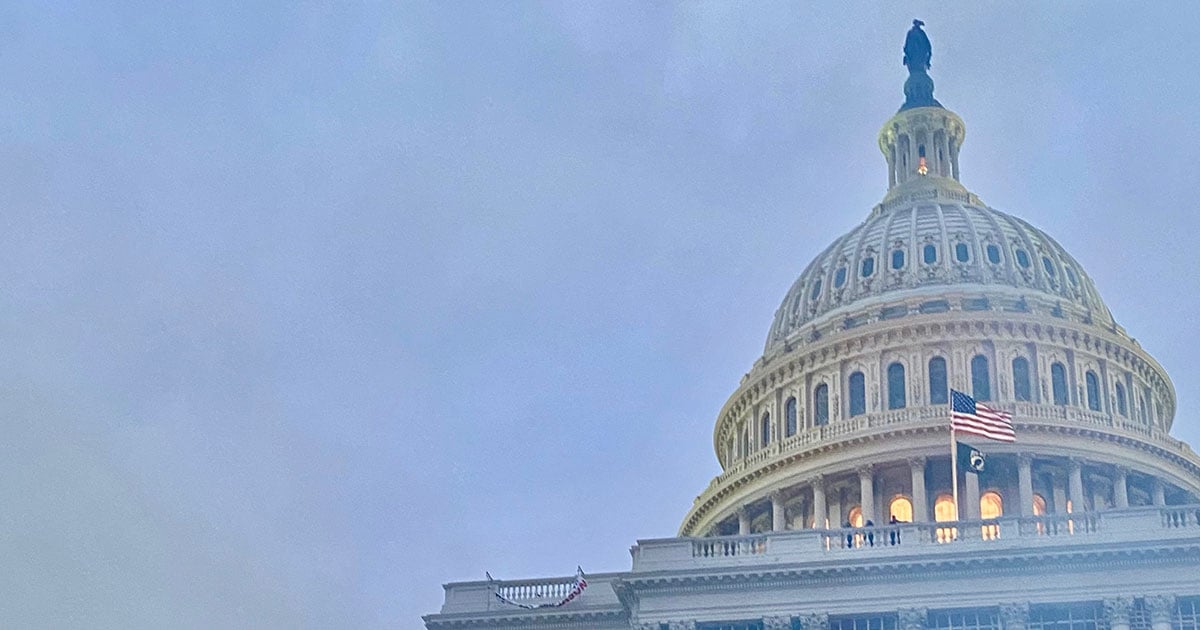We in the global north had not heard much about the tiny Aedes aegypti mosquito, the primary transmitter of Zika virus, before the disease was linked to an epidemic of birth defects and the paralyzing Guillain-Barre syndrome.
The mosquito was unfamiliar because it normally thrives no farther north than Alabama.
But recently scientists found an isolated population of Aedes aegypti that has managed to survive in a small bubble of warmth: Capitol Hill.
Found through much of the tropical and sub-tropical world, Aedes aegypti sometimes makes it north of the US’s gulf states before winter temperatures kill it off. But in a paper published in the American Journal of Tropical Medicine and Hygiene last year, entomologists confirmed a group of Aedes aegypti living a few blocks from the Capitol. As far as they know, it’s the only documented Aedes aegypti population anywhere north of its typical range.
As of now, the Capitol Hill mosquitoes are free of Zika, but that could potentially change.
“It’s a small population, so the chances of human transmission are modest. But, for me, as an entomologist, it’s like a little red flag.” said Dave Severson, a medical entomologist with the University of Notre Dame, who has worked with the species most of his career. “It’s unprecedented for this mosquito to be breeding in this climate.”
Finding the DC population was something of a fluke. In late October, 2011, a mosquito expert named Andrew Lima got a call from a friend who lives a few blocks east of the Library of Congress. The friend noticed mosquitos in his basement apartment — mosquitos that seemed unusually robust for that time of year. Knowing that Lima might be interested in seeing the bug, he called him over.
“I went into his place,” Lima recalled. “I saw it within a minute of being in there. I saw it fly up from a low level, and I did a cup swat— a gentle stunning of the mosquito—so I could see what type it was, and it was a clean enough kill that I could tell it appeared to be Aedes aegypti.”
Lima then wandered around the townhouse, taking a sample of water from a stagnant fountain. A few days later, he came back to the neighborhood and took samples from a bird bath, trash can, and plant saucer, all within about 100 meters of the house. “I kind of thought that’d be it,” Lima said.
But the following year, in September, he went back to the same bird bath, where he found more Aedes aegypti larvae. He then contacted Severson—the preeminent expert on Aedes aegypti—and sent samples to his lab for testing, to see if the samples Lima had collected in 2011 were genetically linked to the 2012 samples. In other words, Lima wanted to know if the first batch had survived the winter, or if the second batch was a “new introduction” that just happened to show up that summer.
In 2013 and 2014, Lima collected yet more samples from the same area, sending them to Severson’s lab, where testing found a genetic link between each year’s samples—meaning the mosquitos were surviving the winter. They had made Capitol Hill their home.
“That’s when we came to the conclusion there must be some underground sites in the area where you have this continuous production,” Lima recalled. “The more I walk around there, the more I see exactly the kind of situations that look like there could be protected places where they could be surviving. There are Metro stations, there are the tunnels under the Capitol.”
Of course, there are tunnels and underground pockets in lots of cities. But Lima has a hypothesis: With so many diplomats and so many expats in DC, Aedes aegypti had a higher chance of hitching a ride from its natural environments back to the District.
“I’m thinking someone brought some favorite article or vase from their native country, and set it out in their yard,” he said. “It filled up with water, and those eggs were activated by the water and hatched here.”
Whatever route they took to DC, they appear to be here to stay. By the time their journal paper had been reviewed and edited, Severson and Lima confirmed that the mosquitoes survived another winter–the fifth in a row.
Lima says the city’s Department of Health is aware of their paper, but isn’t taking any precautions or steps that he knows about. The city’s website has a page on Zika, with warnings, statistics and advice for protecting against mosquitoes, but does not mention a resident Aedes aegypti population.
The department did not immediately respond to a request for an interview. Severson says public health departments should be taking Lima’s discovery very seriously.
Severson, for one, says he’s concerned about the recent news that Zika possibly can be transmitted sexually— a first. “I have no evidence, ever, for there to be sexual transmission by these arthropods,” he said.
Global health authorities expect that the number of Zika cases could rise to as many as 4 million, and will sweep through most of the Americas. But so far all US cases have been linked to travelers, and aren’t “local transmissions”—that is, transmissions from a mosquito biting one local person, then biting another and passing on the virus.
Severson says travelers likely will be the most able carriers of the virus. “You have people coming to town from Mardi Gras, or from the Olympics (in Brazil where Zika has been most prevelant),” he said. “There’s the potential for sexual transmission. Anyone who travels to the new world tropics has the potential to come back infected.”
So what does this all mean for DC residents? Severson and Lima advise locals to take the same precautions that health departments urge for other recent mosquito-born outbreaks apply to Zika.
“The same message for West Nile applies to this,” says Lima. “It’s having people protect themselves and removing water from their properties.”
With Zika’s predicted move north, either with travelers or with Aedes aegypti, that will be especially important this summer.



















